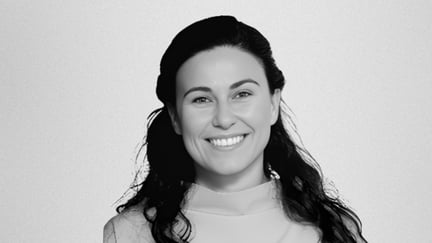Client challenge
Since 2013, BRTP has been delivering tailor-made tidal energy converter systems and related services to clients across North America. The company has supported clients with site-specific platform designs and installation procedures, project management, manufacturing and commissioning of devices and operation and maintenance strategies.
Our client is one of the foremost innovators in tidal power. Given the regularity of the tides, this is one of the most predictable renewable generation sources. Technology here has the potential to make a major contribution to the growth of low carbon energy.
BRTP wanted to use its SCHOTTEL Hydro Triton Power System at the FORCE (Fundy Ocean Research Centre of Excellence), Bay of Fundy. Located in the Minas Passage, home of some of the highest tides in the world, the area experiences flows which can exceed 10 knots. This highly energetic environment poses significant challenges for developers, who need to demonstrate they can produce electric power at competitive rates. Meeting these challenges requires thorough up-front engineering analysis.
SCHOTTEL Hydro Triton is a novel design for a tidal power generating system. It consists of spar buoys, cross arms and tether arms. The five-storey tall structure is secured to, and pivots about, a fixed gravity base by the rigid tether arms. The spar buoys are designed to pivot so that the cross arms supporting the SCHOTTEL turbines can be raised to the water's surface and accessed for maintenance.
BRTP needed to understand what codes and regulations applied to their novel design and to identify and assess loading conditions on the structure. Failure to do so could have severe consequences, including potentially loss of the platform, with direct financial consequences.
How we helped
We carried out a review of pertinent design codes and standards to support our client’s vision. This provided a better understanding of the analysis requirements, identifying any potential gaps in the approach and methodologies applied during structural assessment.
We then helped develop a Structural Design Basis and, subsequently, structural models of major platform components and a hydroelastic model of the spar buoy. Load cases were considered for client-selected operating conditions. Throughout this work, we used several of our own, and other leading, software packages to assess the hydroelastic strength, vibration and buckling response of the modelled components.
Client benefits
Our background in previous renewable projects of similar scope provided our client with the expertise, guidance and confidence to solve complex structural problems and progress their novel design. This included:
-
the appropriate standards and rules and how to apply them
-
the structural response of the design to the selected conditions at the test site.




